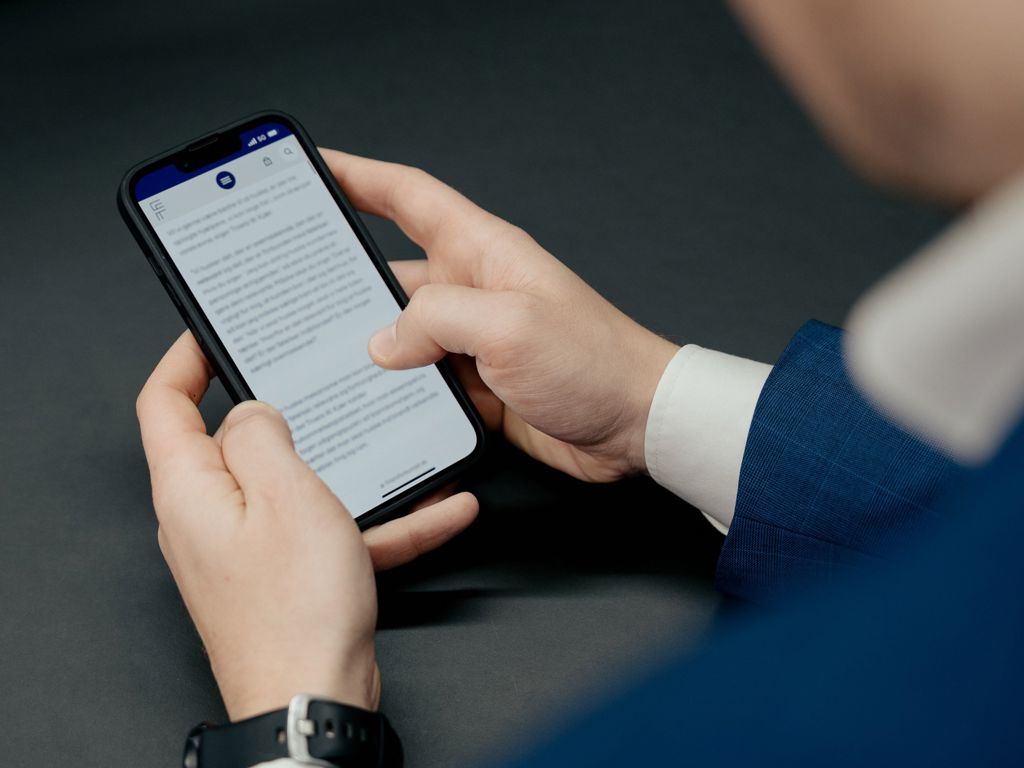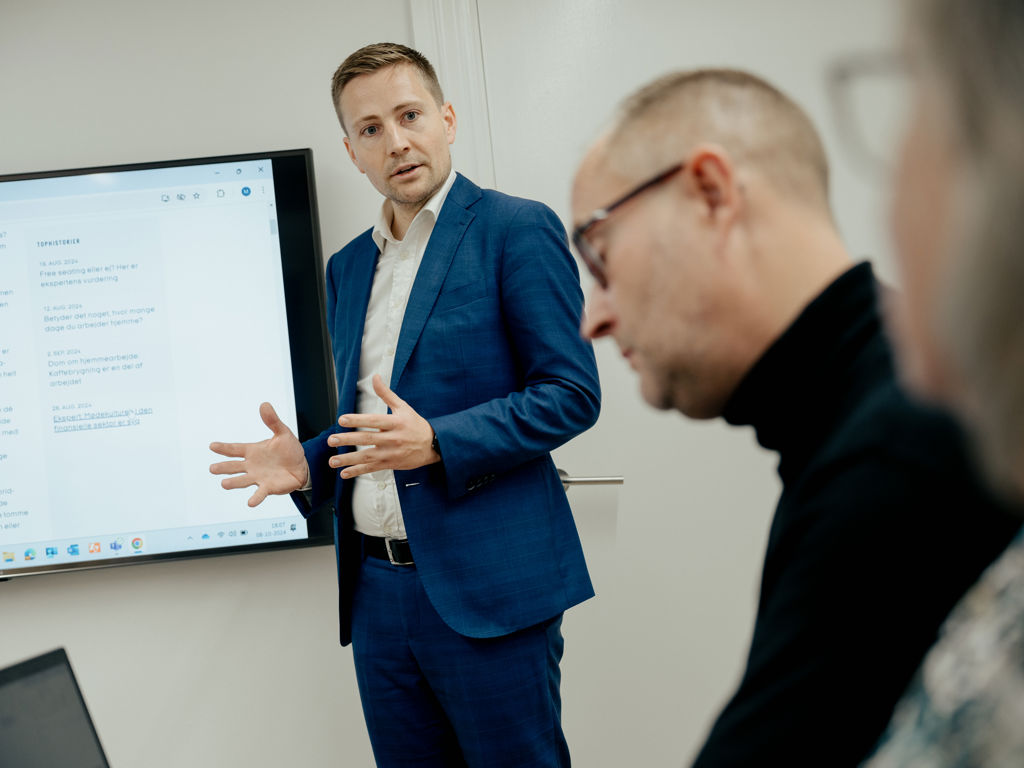Trine Kolding: Drop multitasking – practice doing one thing at a time
Everyday interruptions can be tackled with a few simple tricks, says Trine Kolding, expert in efficiency and planning.
Most people know the dilemma:
We are expected to immerse ourselves in concentration-intensive tasks and simultaneously be available to an unprecedented extent.
But that doesn’t work for our brains, says teacher, author and time coach Trine Kolding.
“If we are to be present and focused, we also have to be unavailable from time to time”.
The quote comes from Jonas Thomsen, Regional Director of Arbejdernes Landsbank, who is featured in Trine Kolding’s latest book on efficiency and focus: “FOKUS - sådan skaber du gode arbejdsbetingelser for din hjerne” (“FOCUS - how to create good work conditions for your brain”) (Gyldendal, 2022).

Here are 5 of her tips on what you can do yourself to train your mental focus muscles:
1. Drop multitasking and practice doing one thing at a time
We often try to multitask when we are busy or are interrupted. We then respond in a friendly way while we keep typing an email.
But actually we are not able to do several things at the same time. When we try to do so, we instead shift our attention very quickly back and forth between the two activities. It then takes longer to complete the tasks and we make more mistakes.
Our brains run on glucose and oxygen. When we jump in and out of different tasks, the brain burns glucose faster. This makes us get tired faster and efficiency drops.
We get brain pain, which is the feeling that the brain is sizzling and bubbling because it has been running at too high a speed for too long.
2. Be aware of interruptions
Be curious about the interruption culture around you. What are you interrupted by and can you remove some it right now?
People are very different: Some are unnecessarily disturbed when others walk by or move. They then look up and this can be seen as an invitation to talk. Clutter can also interfere. Others are disturbed by noise and chatter.
If you work in large rooms, your location in the room can have a major impact on your efficiency. There are many subtle interruptions and you need to look out for them before you can do anything about them.
3. Create uninterrupted time
If you know you have a big task, take time to immerse yourself.
Consider what you can do to create the time and space you need.
Maybe you can plan on working from home or sitting in the meeting room. If necessary, book a meeting with yourself. Tell your colleagues and get off the phone. Be careful to give each other space to be immersed.
With good planning, a lot can be done.
4. Empty your head regularly
Working memory is what you use when you solve tasks and consciously process information rather than just remembering it.
Working memory has a limited capacity of 5-9 items. If you fill it with a lot of information you need to remember, you have less capacity to solve tasks.
Empty your head regularly. For example, use to-do lists and idea folders to relieve your working memory.
5. Use brain hooks for interruptions
Figuratively speaking, you can hang information on brain hooks.
When you are interrupted, it takes time to come back and focus on what you were doing. During this transition time, we often forget what we were doing.
Therefore, use a brain hook when you are interrupted: Briefly note where you have gotten and what the next step is.
This makes it easier to be present instead of irritated by the interruption, and when you return, you quickly get back on track.
Mental health and well-being
How do we protect our mental health and well-being when our work life is under constant change? And what learnings and initiatives should we make use of to ensure both fellowship and flexibility? Learn and get inspired here.
Read more about mental helth and well being





